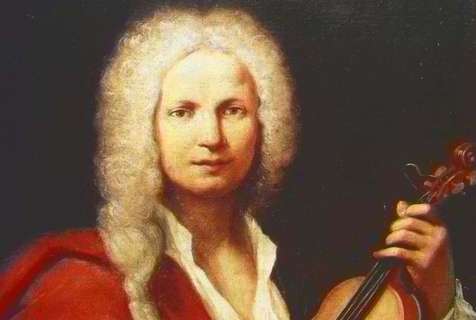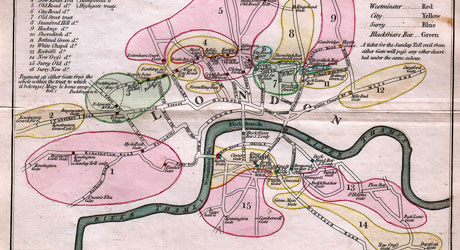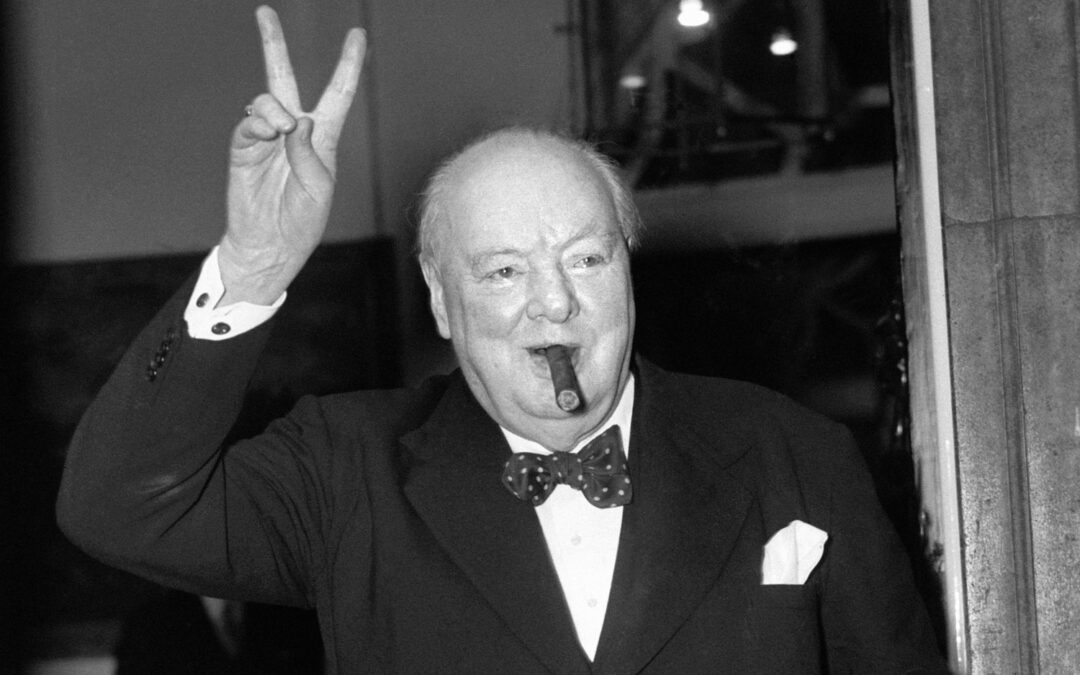Romantic, Suite, Works
This six-movement serenade was Brahms first major orchestral work and was published in 1860. While Brahms initially intended this piece to be an octet, he first expanded it into a work for small orchestra and finally settled on this version for large orchestra.
The D Major Serenade has a youthful feel to it and is altogether more lighthearted than the later symphonies and other orchestral works Brahms composed. The initial Allegro is somewhat rustic in manner. It opens with bagpipe-like lower string drones and horn calls, which give way to weightier string and wind passages. The second theme features a rising arpeggio-like motif played first by the violins and bassoon and echoed by the ‘celli, and is followed by a more relaxed triple-time motif, featuring violas and oboes, before leading to an orchestral climax. A development section explores the opening themes in a number of different keys before returning to the opening horn theme. The movement ends in a soft graceful fashion with flute, violas and lower strings.
The second movement is a mysterious Scherzo, interspersed with waltz-like melodies in the violins and ‘cellos and a faster Trio section heralded by the winds. The Adagio consciously evokes the slow movement of Beethoven’s Pastoral symphony, with simple wind and string melodies supported by soft fast-moving string passages.
The contrasting Menuettos offer a refreshing respite, with clarinets and bassoon alternating with the strings. The short Scherzo which follows features stirring horn calls, picked up in turn by the rest of the orchestra.
The closing Rondo features a robust opening theme in the ‘celli, violas and winds, repeated in several guises. A soaring second theme is announced by the violins and picked up by the winds; other motifs, based on initial underlying accompaniments, make their appearance. After a short passage that seems to evoke Beethoven’s 9th symphony, the piece closes in an optimistic joyous fashion.
Baroque, Suite, Works
This is one of Bach’s best-known works for large orchestral ensemble. It was probably composed in the 1720s originally as a suite for strings and oboes, to which trumpets and timpani were later added.
It is a work in 5 movements, made up of an Overture (prelude), Air, and three dance movements (Gavottes I & II, Bourée and Gigue). The opening movement is a “slow-fast-slow” Overture in highly formalized French baroque style, made more brilliant by the use of trumpets and timpani. This is followed by a sprightly section in fugal style, which includes chamber-music like interludes featuring single strings and winds, after which the movement reverts back to the slow opening style.
The heart of this suite is the second movement Air (popularly known as the “Air on the G string,” even though it is certainly not played all on that string!). The Air is both tender and atmospheric. It is grounded on a “walking” ‘cello-bass line, and features an interplay among the first violin melody line and motifs brought out by the second violins and violas.
While the dance movements which follow the Air are more typical of the traditional suite style, Bach uses trumpets and timpani for additional instrumental color and highlights. The two Gavottes are paired 4/4 dance movements, with Gavotte II featuring contrasting loud and soft sections. They are followed by a fast Bourée. The suite ends with the closing Gigue, with trumpet and string passages evoking hunting calls.

Baroque, Concerto, Works
The collection of 12 concertos known as “L’Estro Armonico” (Harmonic Inspiration) was first published in 1711 in Amsterdam. It includes some of Vivaldi’s most famous concerti, known to beginning violin students and professionals alike.
The collection itself is divided into 4 groups of three concertos apiece; each group consists of a solo, double and quadruple concerto. Concerto No. 10 is one of the quadruple concertos. The soloists are many – 4 solo violins, solo violoncello, and a number of solo viola parts (plus orchestra and continuo).
The concerto is basically a three-movement (fast-slow-fast) work, although the slow movement is itself divided into smaller segments. Vivaldi gives each of the soloists his/her own lines and motifs, with plenty of inventive interplay.

Classical, Symphony, Works
It is clear from the title that Joseph Haydn was a very prolific composer, and all of his symphonies are mature, brilliant and well-crafted works.
Haydn wrote this masterpiece in 1795 during his second triumphal visit to London. This symphony — his last — was one of twelve written for concerts given in London between 1791 and 1795. It is one of the great masterworks of the symphonic literature.
The first movement begins with a grand, dramatic introduction, played in unison, and intended to have the audience take notice. The graceful Allegro that follows is a complete contrast in mood. It starts very simply but soon builds tremendous momentum and excitement.
The second movement Andante is a series of contrasting variations, full of grace and wit. The singing Minuet and lilting Trio are typical of Haydn at his very best.
The final Spiritoso movement is based on a Croatian folk-dance, and builds to a rousing finale. The “London” symphony is a fitting climax to Haydn’s lifetime of symphonic achievement.
With works like this Haydn set the course of Austro-German symphonic tradition which would continue through Mozart and Beethoven to Brahms, Mahler and beyond.
20th Century, Solo Vocal, Works
This extraordinary work was composed for tenor Peter Pears and horn player Dennis Brain in 1943. It consists of six songs set to English poems framed by a solo horn prologue and epilogue. While many of the poems deal in some fashion with sleep, decay, or death, each has its own distinct character, beautifully set off by the interplay between the two soloists and the strings.
The Pastoral (“The Day’s grown old”) by Cotton describes a late afternoon scene in the countryside with flocks of sheep, lengthening shadows and sunset. “The splendour falls on castle walls” (“Blow Bugle Blow”) by Tennyson evokes the heroics of a bygone age, with bugle calls echoing and dying in a craggy landscape.
For Blake’s doleful Elegy (on its face, about a rose and its destruction by the worm that finds it), Britten has composed horn and tenor melodies based on minor second motifs. It leads directly into the Dirge, a haunting 15th-century anonymous poem about death and whether salvation or damnation awaits the deceased, depending on his/her conduct in life. The Dirge is also notable for its structure, a multi-voiced fugue played by the strings and horn over an ostinato sung by the tenor.
Ben Jonson’s hymn to Diana the huntress is set as a spritely hunting tune, while Keats’ Sonnet (“O soft embalmer of the night”) is a paean to sleep.
20th Century, Occasional Piece, Works
Sousa reigned as the “March King” in the latter part of the 19th and early part of the 20th centuries. His musical output was prodigious, consisting of marches (well over 100), operettas, suites, songs, arrangements, etc. His “Belle of Chicago” march dates from 1892 and was meant as a tribute to the ladies of the Windy City.

Romantic, Symphony, Works
Revolutionary in its time, Beethoven’s 5th Symphony is seen by many as the quintessential symphony. Beethoven composed it in 1808 (at the same time as his “Pastoral” Symphony), and it was premiered in December of that year.
There have been apocryphal stories and descriptions read into this symphony — that it signifies “fate knocking on the door,” that parts of it may reflect his “immortal beloved,” etc. — but in the end, it is the nobility and innate humanity of Beethoven’s composition which have caused it to be universally embraced.
The first movement, dark and with a driving ferocity, is built upon the celebrated opening motif of three short notes and one long note. There are intermittent lyrical respites in the strings and woodwinds, heralded by the horns and bassoons. Overall, the movement is compact, and built upon the 4-note opening.
The second movement has a warm lyric theme introduced by the violas and ‘celli. This is followed by a majestic martial theme by winds, brass and timpani. Beethoven embellishes both themes in successive variations.
The third movement is dark and mysterious, with a foreboding ‘cello and bass opening. A strident second theme is introduced by the horns, with three short notes and one long note, and recalls the first movement’s opening motif. After a vigorous trio and reprise, the end of the third movement leads, via a hushed transition, to the glorious finale, in one of the defining passages of the symphonic canon.
The finale’s opening must have come as quite a shock to Beethoven’s audience. It was the first time in which piccolo, trombones and contrabassoon had been featured together in an orchestral work, and they are part of the orchestral explosion which occurs after the crescendo at the end of the third movement. In contrast to much of the rest of the symphony, the last movement’s themes are optimistic and joyful. A momentary reprise of the third movement theme, and a recapitulation of the Finale’s opening, lead to an accelerated coda and triumphant ending.
Classical, Symphony, Works
Franz Schubert grew up in the most important symphonic center of his time, Vienna. Schubert’s teachers, Salieri and Holzer, were primarily opera composers; but Schubert’s inner drive propelled him to an amazing and early symphonic output.
Schubert composed nine symphonies before he was thirty. Beethoven was already thirty before he wrote his first symphony. (Like Mozart when he wrote the A major violin concerto, Schubert was a teenager when he wrote the first symphony, a mere lad of 16.) Schubert, also like Mozart, was an accomplished violinist and played concertmaster in his school orchestra.
One can see the influence of the Viennese symphonic models his school orchestra rehearsed and performed — Haydn, Mozart and Beethoven — especially in the rhythmic drive of the first movement. The second theme, particularly, carries an almost Eroica-like character.
The second movement is truly a bridge between the customary elegance of Mozart and the beginnings of a new consciousness in art of the time: a certain heavier, darker mood permeates this movement, whose depth is so startling for having been written by an adolescent. The third movement shows more of the experimentation in moving into remote key areas for which Schubert became known, particularly in his chamber music and songs.
The symphony comes to a close in a vibrant movement which also shows the young composer’s emerging formal innovation. Yet, the personality of the master makes an unmistakable impression at the beginning of the last movement: it reminds one much of many of Schubert’s joyous song ideas.
Classical, Concerto, Works
The fifth concerto for violin, K. 219, is one of a series of great works for Mozart’s “other” instrument. We associate Mozart, and rightly so, with the keyboard. But Mozart’s skills on the violin were quite accomplished. Scholars believe Mozart performed his own violin concertos.
This concerto was written in 1775, while Mozart was in his less-than-happy tenure in his home town of Salzburg. This period of Mozart’s output saw early successes in opera and a massive output of concertos — all five recognized violin concertos were written in 1775, in addition to the first of the great piano concertos.
The concerto begins with a fast orchestral introduction. The violin solo, however, enters in a more Haydn-esque, adagio tempo. What is unusual is that not only is the tempo momentarily changed, as if the violin solo entered suspended in time, but instead of the grand, pompous slow introductions of Haydn, this is almost like inserting a slow concerto movement right into the beginning of the piece. Everything picks up again quickly, and the violin solo plays a new theme, overlaid exactly on the material of the first orchestral introduction. This ability of Mozart’s reminds the listener of Bach, where the composer can have a complete musical idea or create an entire pre-existing movement, then add still another layer of music to this music, the final product working just as well as the original. (Mozart dramatically demonstrated this concept in his own arrangement of Handel’s Messiah.)
The slow movement of this concerto contains impossibly genial, nearly polyphonic textures and harmonic treatments, all within a framework of seemingly effortless, sublime “galant” grace.
The third movement carries the idea of sections with contrasting moods and tempi further. The easy triple meter gives way to an “alla turca” section, which some believe to be actually more Hungarian-inspired than Turkish.
20th Century, Suite, Works
In the early to mid-twentieth century, as the revival of interest in early music continued and intensified, composers explored the possibilities of this music using a modern orchestral sound.
Some of the more notable are the Pulcinella Suite of Stravinsky, the Stokowski Bach transcriptions, the Ricercare from the Musical Offering by Bach/Webern, and the Suite of French Dances arranged by Paul Hindemith.
The Ancient Airs and Dances of Respighi falls into such a category. In each of these composers’ efforts, what is basically an arrangement or transcription of existing earlier music inevitably shows the contemporary stamp of it’s arranger, and the techniques and expression which characterize that particular composer or arranger’s contemporary musical passions as well.
The lute music Respighi used as his source was written for a very quiet and intimate instrument. Respighi manages to find a way to imbue these pieces with his own particular kind of broad orchestral color. Traditional dance forms, in addition to their Italian heritage, also likely appealed to Respighi’s sense of color and variety, lending themselves to the kind of instrumental treatment he used in his own compositions.


